
DISCUSS:
What places would YOU visit in our Solar System? What kinds of dangers would you have to protect yourself from?

DISCUSS:
How would YOU decide which exoplanet to visit FIRST?




















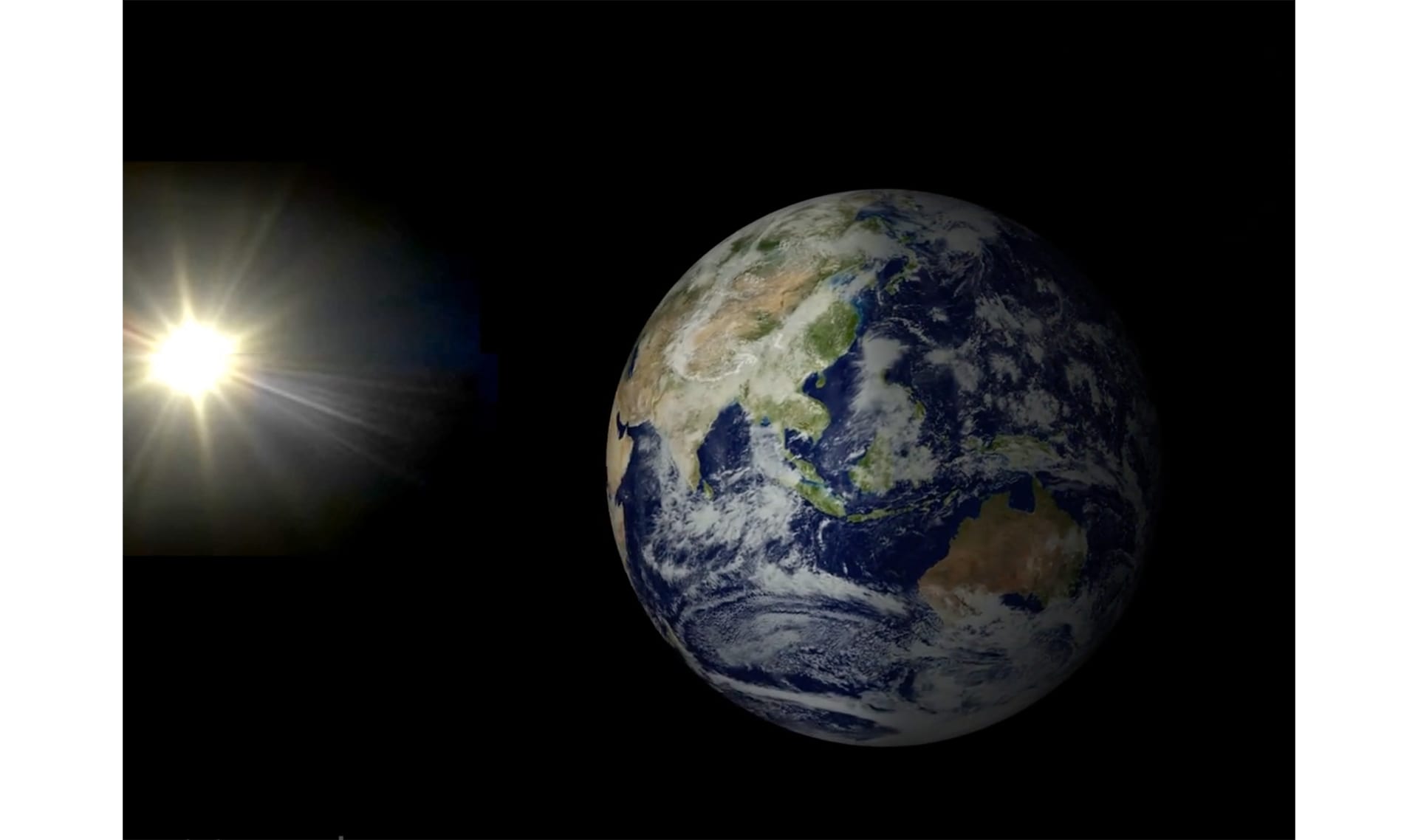

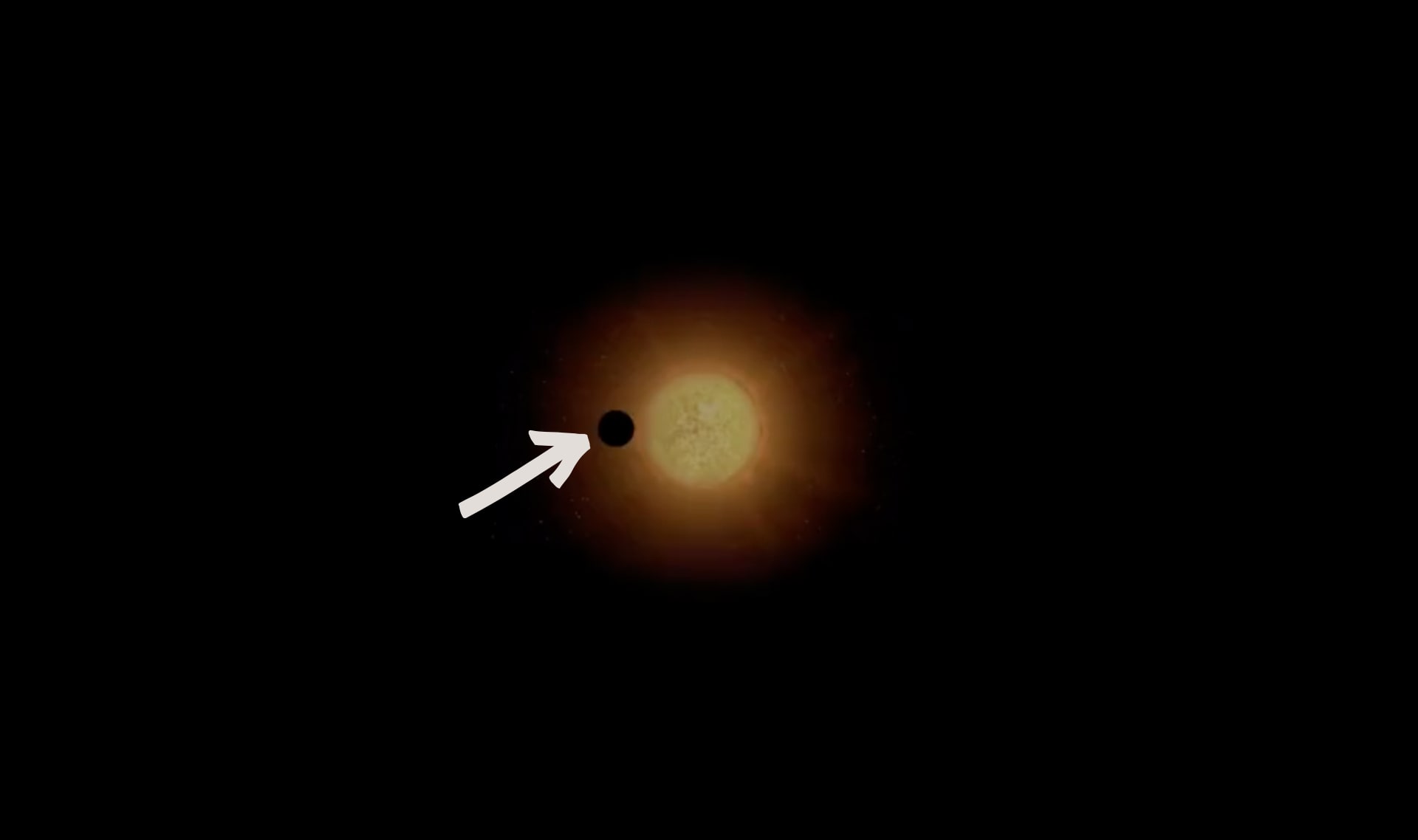
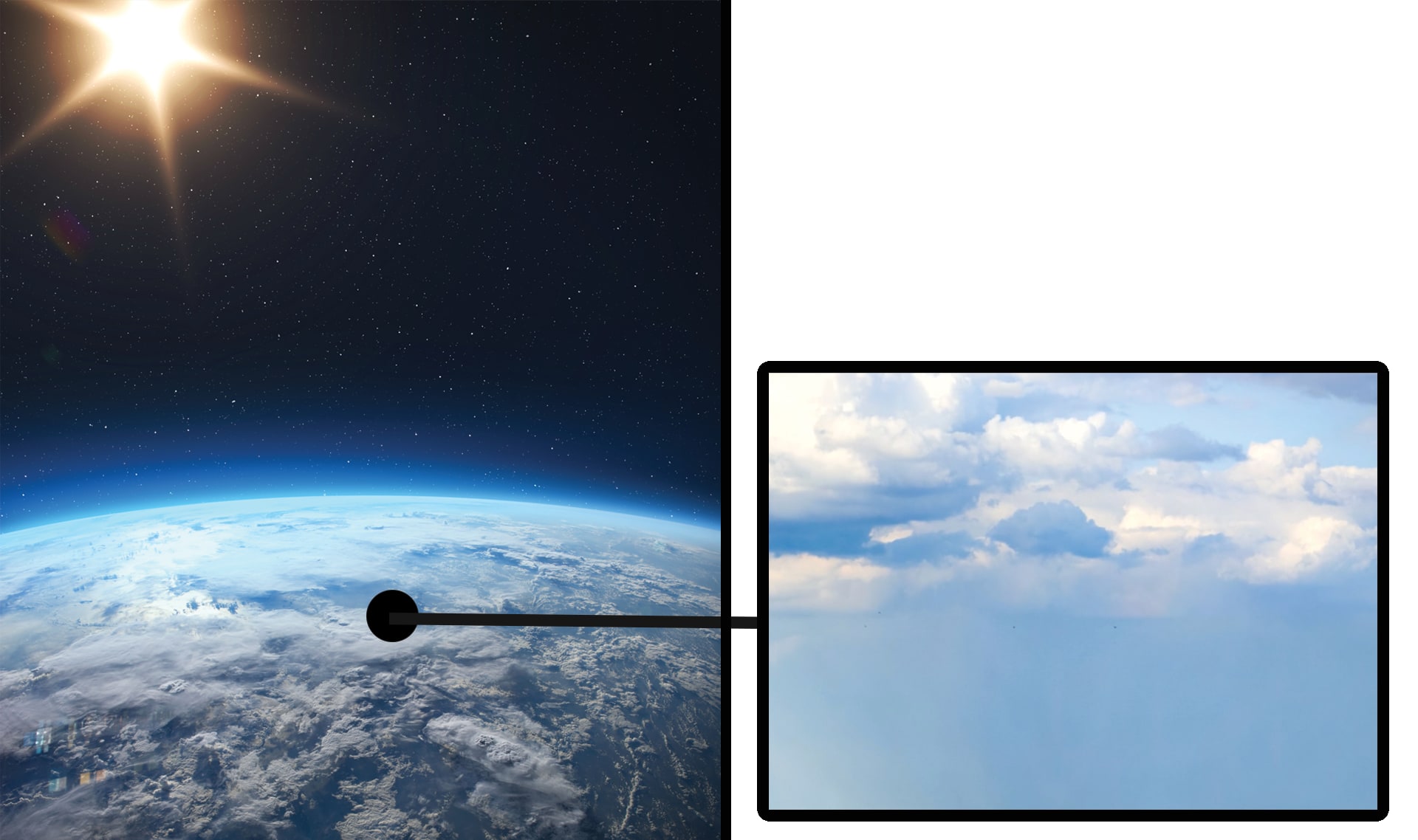

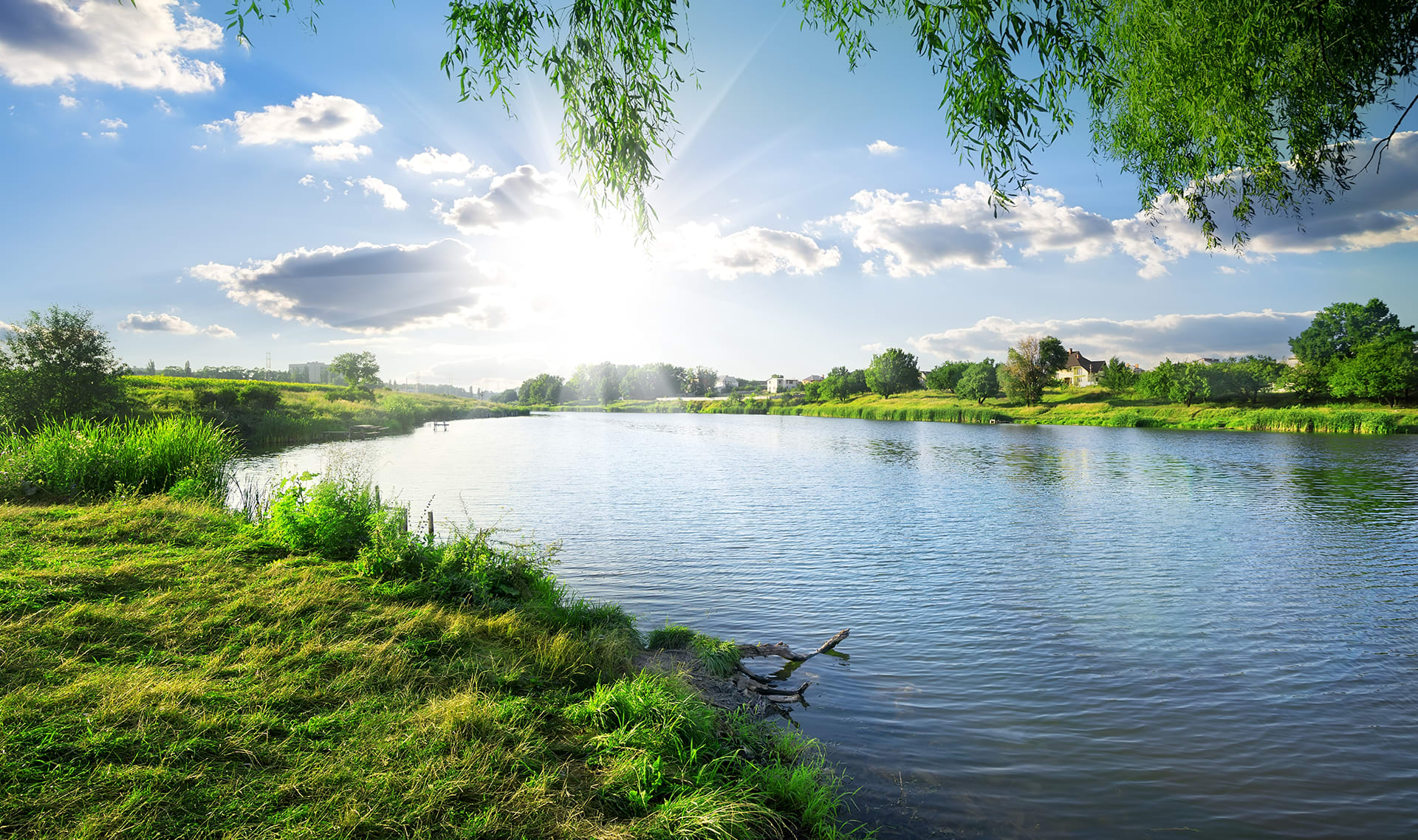
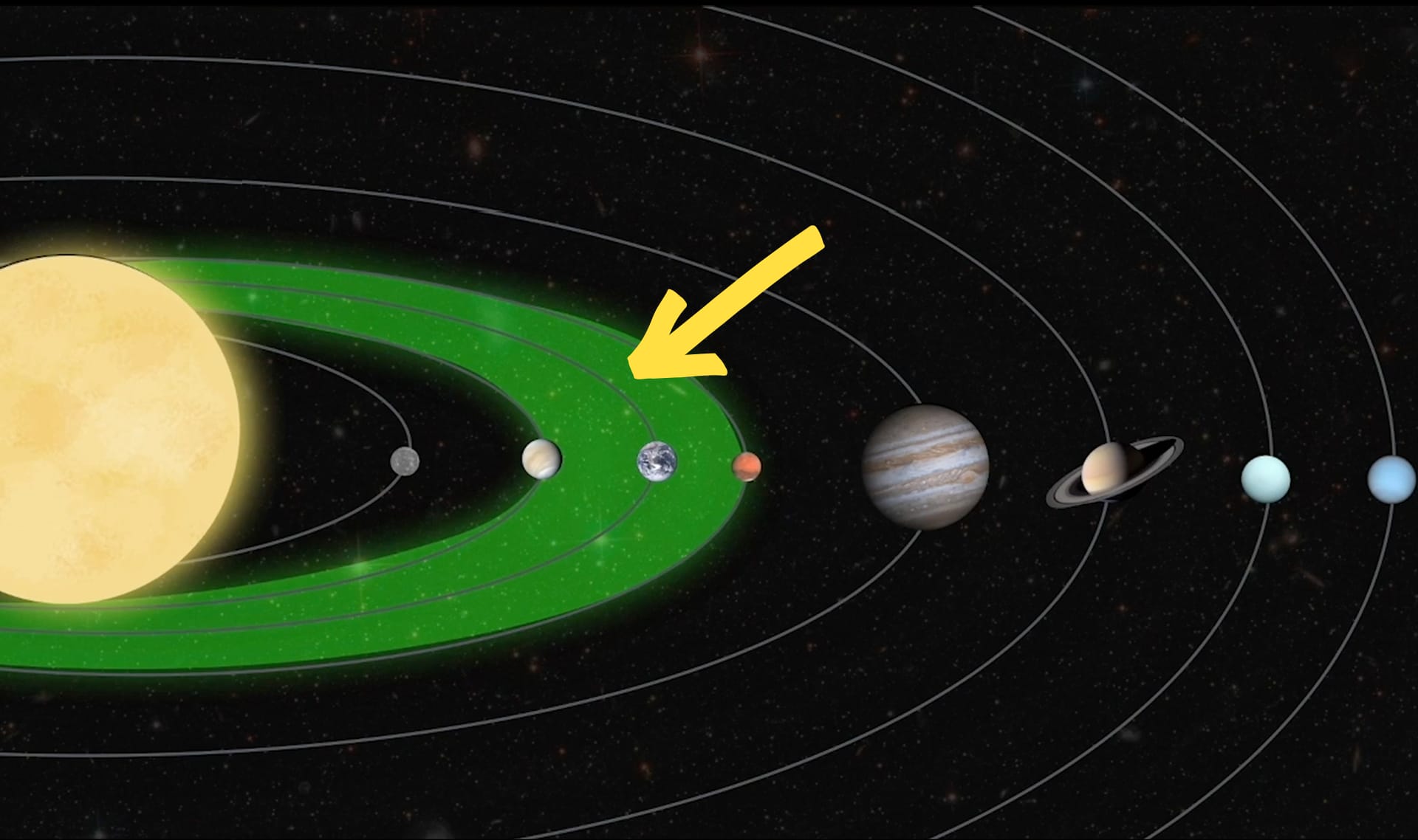
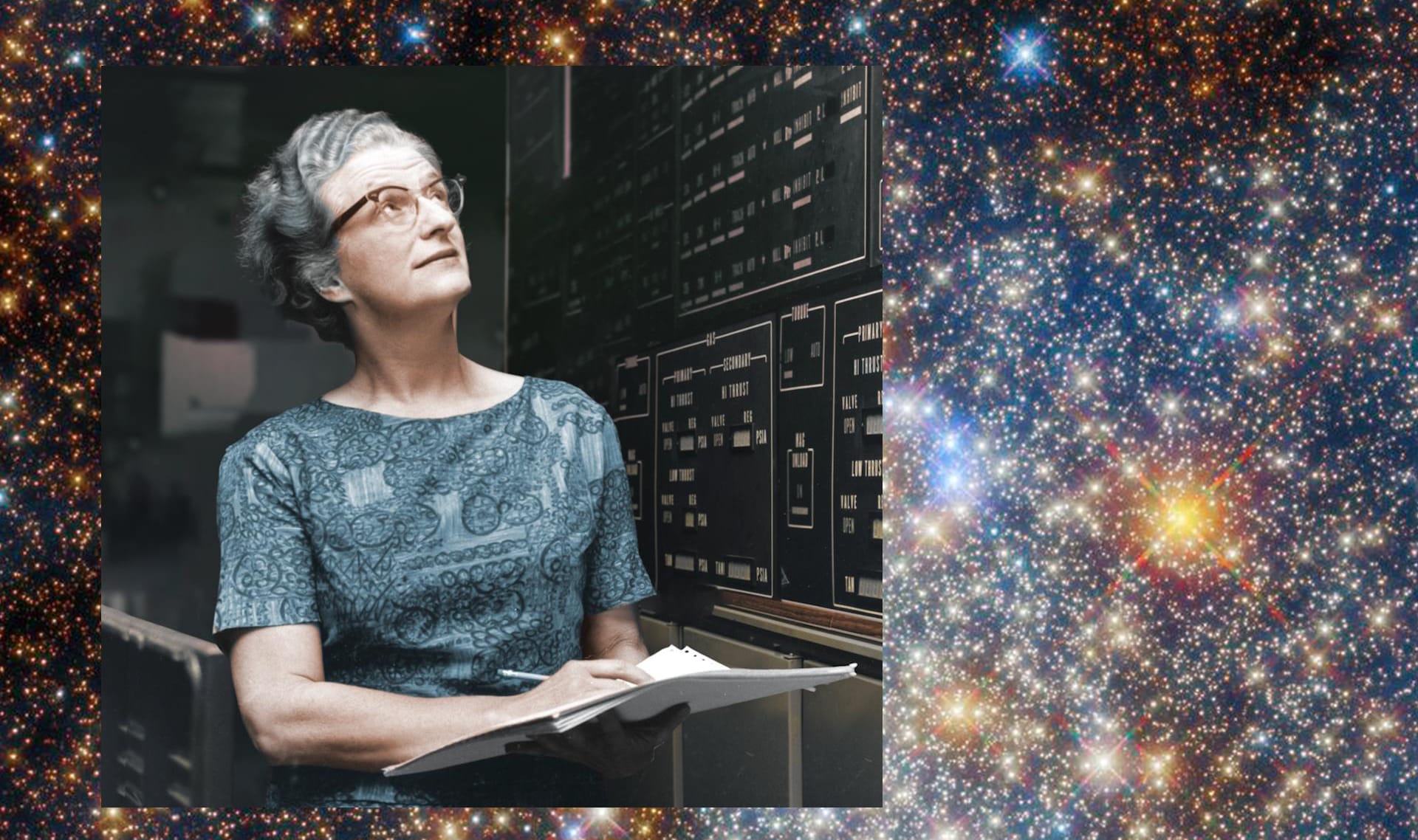

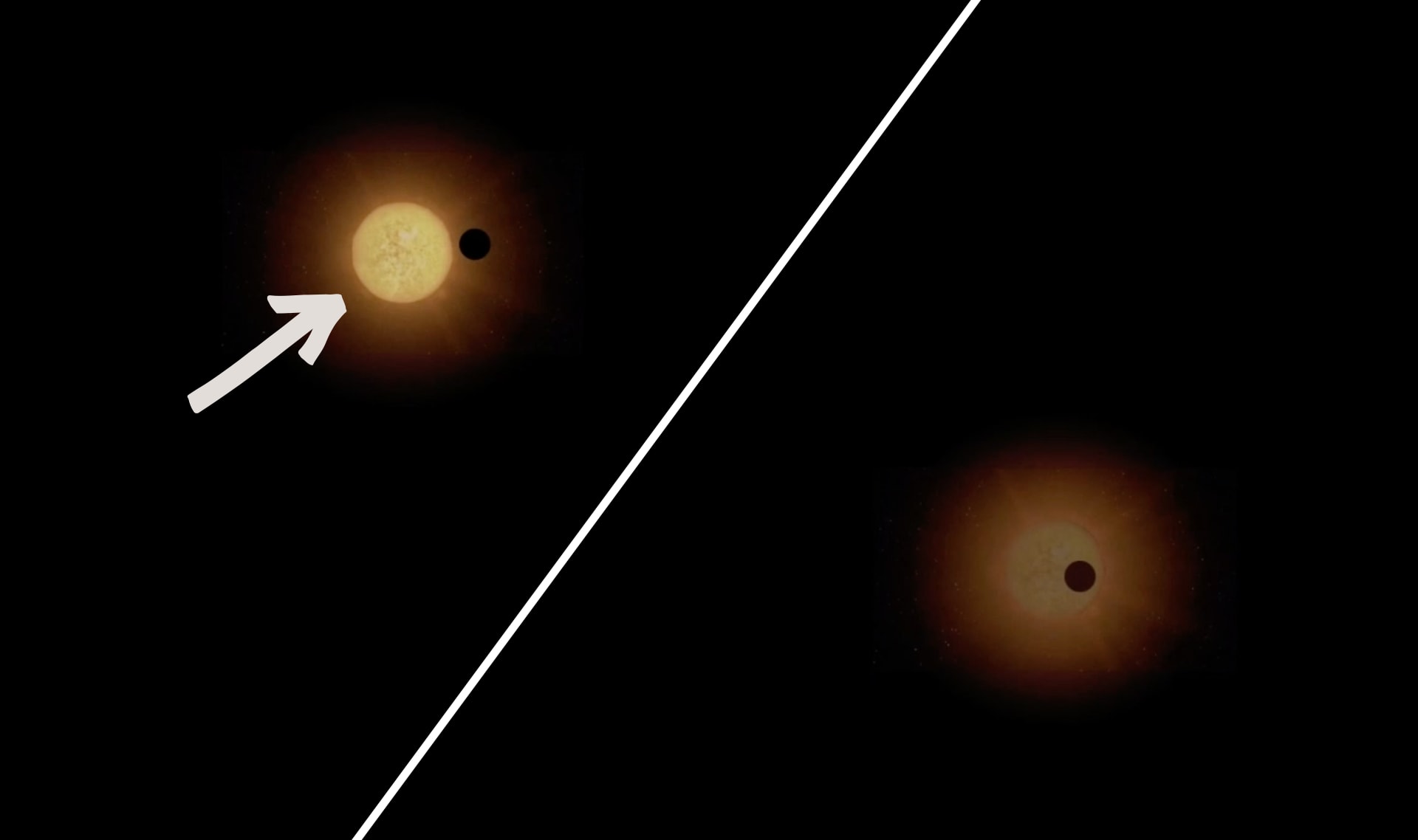
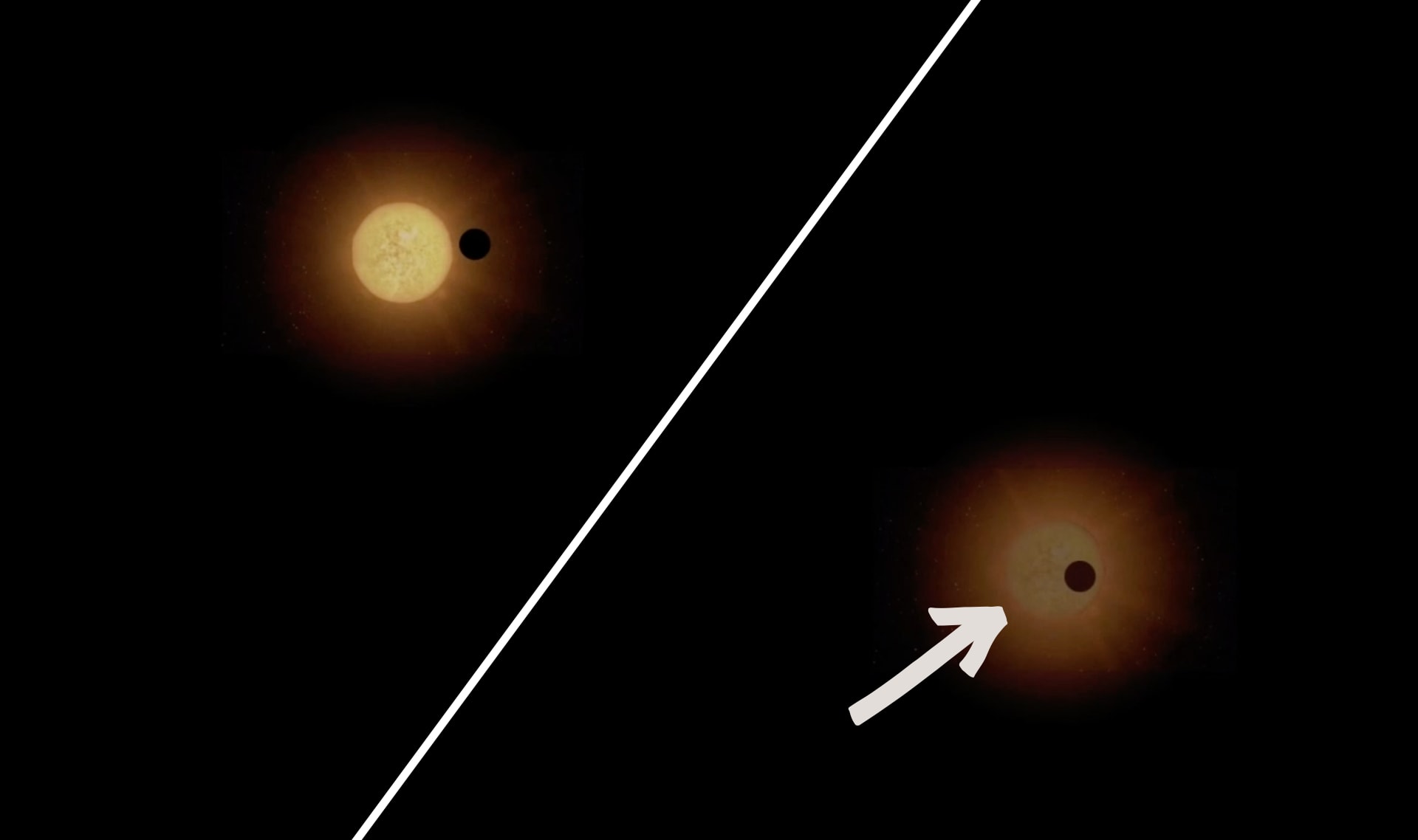
In this lesson, students discover that the Earth is in the “Goldilocks Zone” — a distance from the Sun with the right amount of light and heat for life to exist. In the activity, Star Explorer, students plan a space mission to another planet outside our Solar System based on the amount of heat and light that reaches the planet’s surface. Once students plan their space mission, they will reflect on what our Sun would look like from this far-away planet.
Preview activity| Gravity Guru & Spinning Specialist worksheet | 15 copies |
| Mission Plan worksheet | 15 copies |
| Plant Pro worksheet | 15 copies |
| Plant Pro, Water Wizard, and Mission Plan Answer Keys teacher-only resource | 1 copy |
| Starlight Guide worksheet | 15 copies |
| Starlight Guide Answer Key teacher-only resource | 1 copy |
| Water Wizard worksheet | 15 copies |
|
Scissors
|
30 pairs |
We suggest students work in pairs. Homeschool students can work on their own, but this activity works best if each student can engage in debate and discussion with at least one other person.
The Mission Plan worksheets include greyscale shading that indicates the amount of heat and light that emit from each star of the three solar systems. The correct shading is essential for the activity, so we suggest printing out copies of these worksheets beforehand to ensure that everything prints correctly.
The solar systems and stars (Malina, Thea, and Helios) used in the activity are fictional, but they were inspired by real scientific discoveries. If you and your students would like to learn more about real stars and exoplanets that astronomers are investigating, there are several resources in our Extensions section for you to explore.
Thanks for your feedback! If you have a question or need help, please contact us. Please consider sharing your review:
Sorry the lesson didn’t go well. We read every single review in an effort to improve our Mysteries.
Thanks for letting us know. We’ll wait to ask you for feedback until after you've actually taught it.
Thanks for the feedback! We read every single review in an effort to improve our Mysteries.
Please follow these steps:
Locked
6:10

Why is the sky blue?
Locked
4:41

Why do we call them doughnuts?
Locked
5:16

Could a turtle live outside its shell?
Your membership is expired. The archive of past Mini Lessons is not included in your limited access.
View pricing